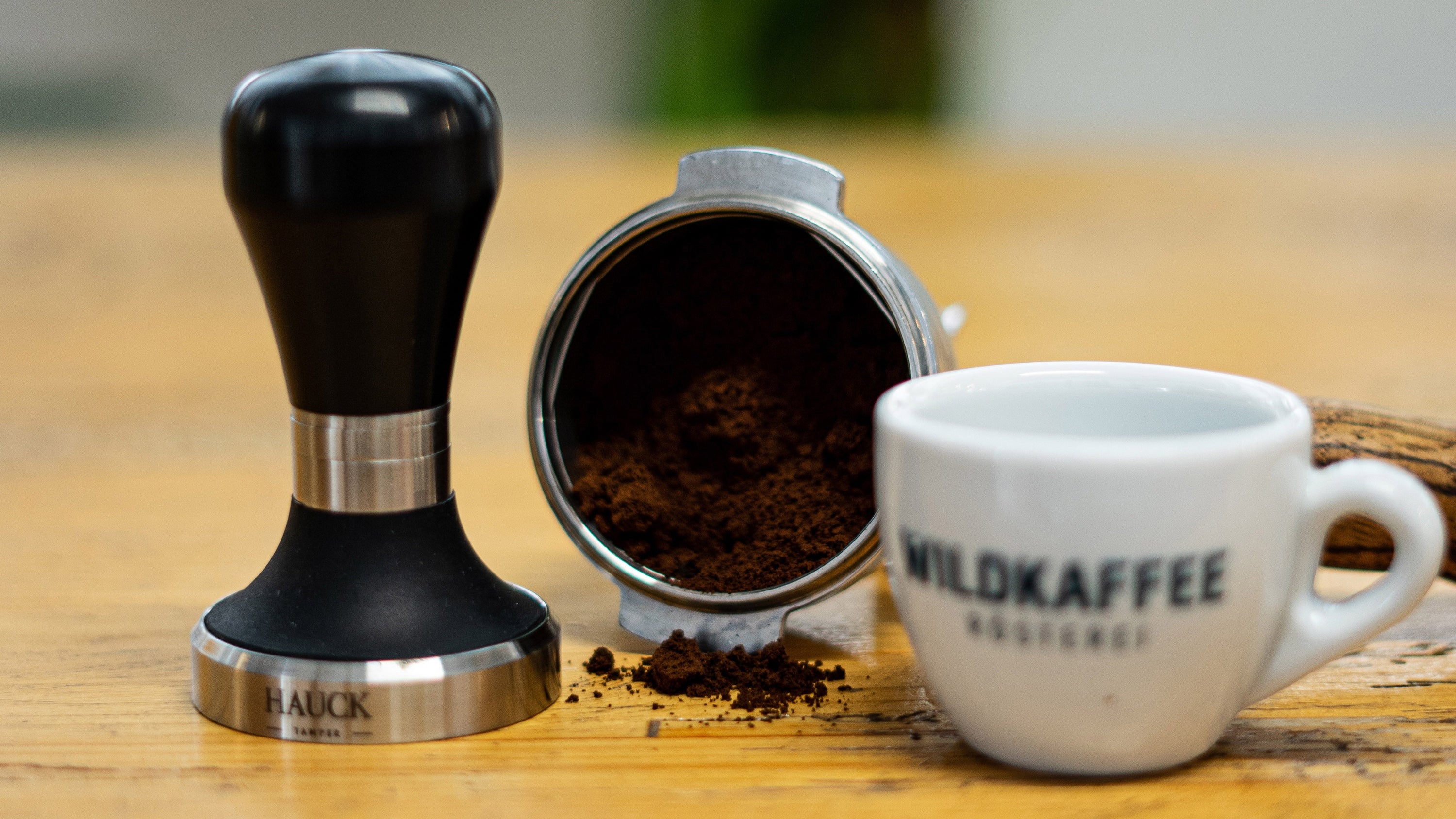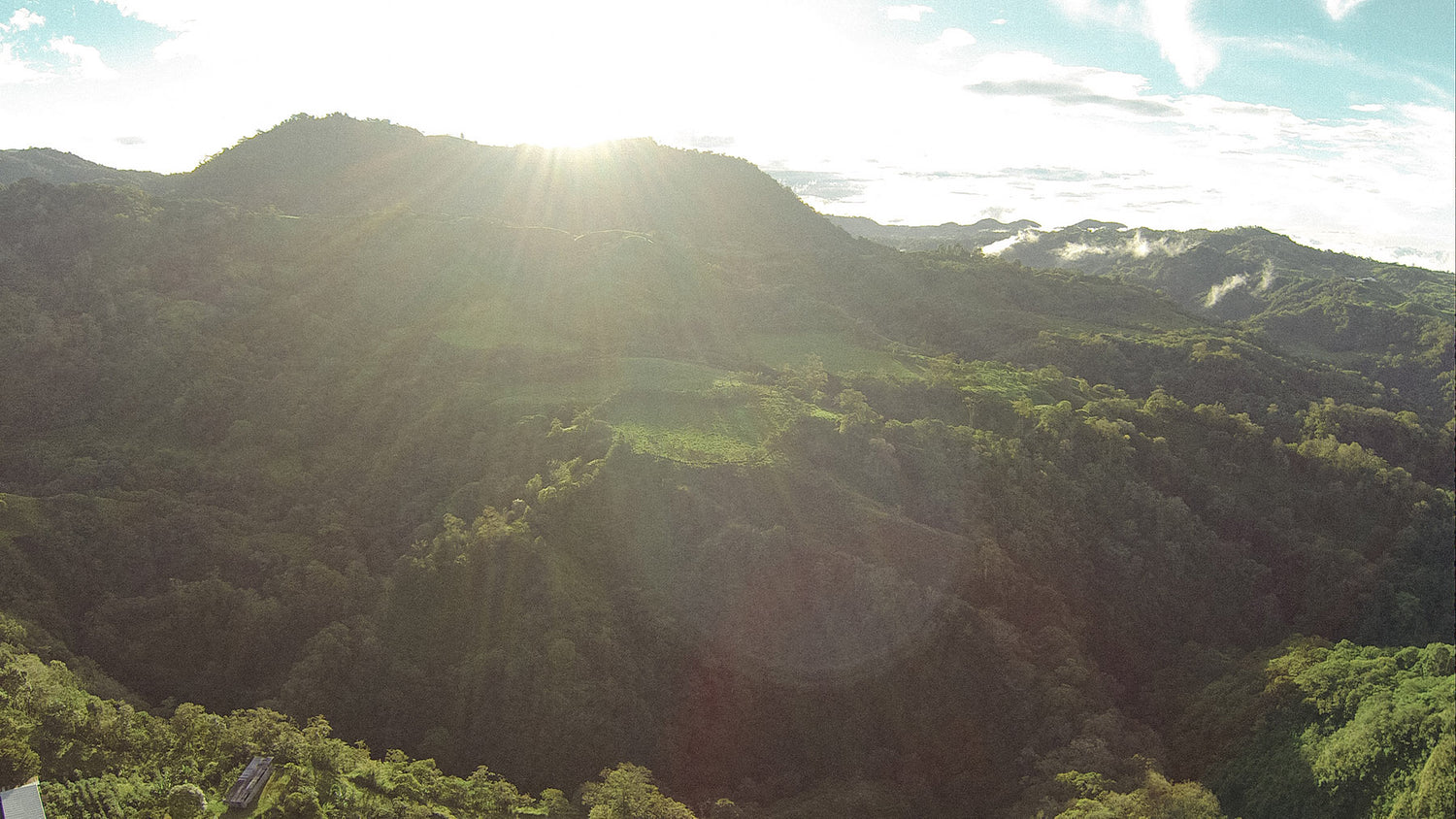What's worse than your espresso being sour? You weigh the beans, grind them, use the leveler/WDT tool and tamp them. Then put them in the machine, watch the brewing time and milliliters and then you look forward to a fresh portion of espresso. First sip, sour - bang, day is ruined. We want to prevent that and therefore tell you why your espresso can be sour and what you can do about it.
Espresso sour – what are the reasons for this
There are various reasons out there (or here too) why your espresso doesn't taste the way it should. And the worst off-flavor is sour. This starts with the beans, continues with the roasting and processing (brewing the espresso) and also has to do with the other components such as heat and water quality. As you can already imagine, there are many stumbling blocks on the way to a good espresso.
But here again briefly, so that everyone knows what it is about: It is about your espresso tasting sour, even though it shouldn't. There are also espressos (specialty espressos made from light roasts) that have a lot of fruitiness (and therefore taste a little sour) and that is also what they are supposed to do.
Espresso sour – how does this acidity arise?

We are not pointing the finger at anyone, but it should also be stressed that not all coffee beans on the market are of good quality. Often enough, beans with many defects and generally poor quality come onto the market and there are buyers for them. Often these are then simply roasted very dark, which can then mask off-flavors with massive roasting aromas. Can, but doesn't have to!
These beans can also be roasted lighter, which can also lead to very acidic roasts. Depending on the defect or quality, this can also go the other way and taste musty or rubbery and more.
Espresso sour – the grind
So if we assume good beans, then the acidity variables are somewhat reduced. Let's talk about the degree of grinding. Simply put: If it's ground too finely, your espresso will be more bitter, if it's ground too coarsely, your espresso will be sour. But that's just simply put, because in real life, the combination of quantity, degree of grinding and extraction time will produce the perfect result. An example is the Wildsau (which is a rather fruity espresso).
Here, our espresso expert likes to use 20 g for a double shot, grinding it a little coarser to get more sweetness out of it. "You should always get the extraction time right," he stresses. And that is 25 to 30 seconds (for standard recipes).
Espresso sour – the heat
Heat also plays an important role. Too "cold" means more acid in your espresso. Too hot, on the other hand, makes your espresso more bitter. A good starting point is 92 degrees Celsius. In any case, you should be between 89 and 95 degrees, depending on which bean and roast you are using. You can extract a good dark roast at 89 degrees Celsius and a light roast for a specialty espresso should be closer to 95/96 degrees. There is no general rule, it is a matter of trial and error. Perhaps 94 degrees is even better? In any case, if your espresso tastes sour, you can increase the temperature a little when extracting and the acidity should decrease.
Espresso sour – the water quality
The water you use also influences the taste of your espresso. According to the SCA, water with a German hardness of 3 to 6 is recommended for espresso. If it is harder, i.e. contains more lime, your drink will be less acidic, but also less tasty. If you use less German hardness, this can also increase the acidity in your espresso. So you can either use purchased (still) water, or you can filter your water, or you can mix it yourself with APAX mineral concentrates , for example.
Espresso sour – Channeling
Channeling is a technical error when tamping that can also lead to a sour espresso. If you don't tamp correctly, i.e. vertically, so that a horizontal surface and a compact puck are created, this can lead to channeling. The same applies if you don't distribute the ground coffee evenly in the portafilter before tamping. Channeling, as the name suggests, creates channels in the coffee puck. And since water always takes the path of least resistance, the water flows through these channels and thus only through part of the calculated coffee powder. The effect is the same as under-extraction, when the water flows too quickly through the coffee grounds and therefore too few ingredients are released from the coffee. You can find more on this topic here.
Espresso sour – variety
Acids can be found in all coffee beans. Some have more, others have less. Arabica, for example, has more fruit acids than Robusta beans. Robusta has more earthy and strong tones. But you should also make sure that you buy good Robusta beans, because inferior Robustas often contain defective beans, which can taste very sour. Then there is the following to say: the lighter the roast, the more acid. The darker the roast, the less acid, but also more bitterness.

Espresso sour – good acidity vs bad acidity
But there are also differences in acidity: there is good (desired acidity) and bad (undesired) acidity.
Yes, they are different things: a sour espresso is not something that tastes good. An espresso with a certain acidity (we prefer to call it fruitiness) is something that tastes good. Of course, this kind of espresso is not for everyone. You just have to like it. Fruitiness is not a bad thing: good wine is celebrated if it has fruit acid and therefore tastes fruity, even fruit itself would taste of nothing without fruit acid, etc.
- Acidity in coffee is very good because it relates to the flavor profile of the coffee.
- An acidic coffee is not good because it affects the pH value of the drink.
Coffee usually has a pH value of 5 and is therefore mildly acidic. Wheat beer has a pH value of around 4. And cola is even between 2 and 3, which makes it very acidic. It is important to note that 1 pH means ten times as acidic. This means that cola is on average 100 to 1,000 times more acidic than coffee.
Espresso sour – bitterness
With all the attention we pay to preventing a sour espresso, we should be careful not to let it go bad in the opposite direction. Because if you go too far with heat, grind size, extraction time or other variables, your espresso will be bitter. And then it won't taste very good either.
Espresso sour – Instructions for the optimal espresso
So how can you prevent your espresso from turning sour? Here's a guideline - not an exact instruction to follow. Because there are so many variables involved, there are many different ways to do it. It all starts with the bean: If you use 100% Arabica, you can expect lighter and fruitier espressos overall. If you use a blend with Robusta or pure Robusta, it will be stronger, earthier and less sour (if the quality of the beans is good). The next step would be to choose the right roast. A good dark roast is less sour than a medium or even light roast.
Then comes the preparation: the right grind, the right amount of coffee, the optimal heat of around 92 degrees, and all of this with the right water and an extraction time of 25 to 30 seconds. The brew ratio also plays a role. The less water, the more acidic the espresso will be. The ratio should be around 1:2 to 1:2.5. You can also make light roasts with 1:3.
As already mentioned, you have obviously done everything right when compressing the ground coffee, which is why the water wets all of the ground coffee in the portafilter and you get an optimally extracted espresso. And don't worry: you'll quickly get used to most of this and it will become automatic.


